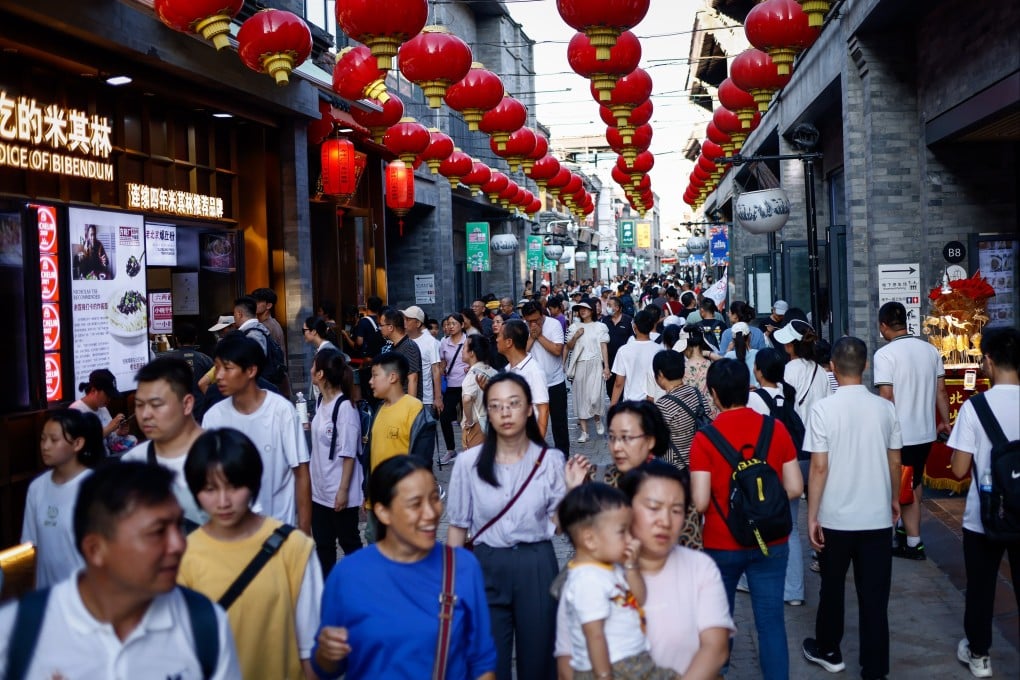Advertisement
Opinion | China in decline? New US narrative is geared towards 2024 election
- The White House and American news media are wringing their hands over China’s economic slowdown, which is construed as posing a threat
- The argument that China should focus on consumption instead of investment is as fallacious now as it was 30 years ago, and serves to bolster a Western sense of superiority
Reading Time:4 minutes
Why you can trust SCMP
29

Three recent articles in The New York Times have signalled a “new” narrative about China. Once a threat by dint of its inexorable rise, now it poses a threat because it is in decline.
Advertisement
US President Joe Biden set the terms of this new narrative. As The New York Times’ Michael D. Shear reports, the White House now worries that “China’s struggles with high unemployment and an aging workforce make the country ‘a ticking time bomb’ at the heart of the world economy”. Biden warned, “When bad folks have problems, they do bad things”, but he did not explain how, exactly, unemployment and an ageing population turn China into a threat.
Shear gives another reason for China’s new-found decline: “the president has moved aggressively to contain China’s rise and to restrict its ability to benefit militarily from the use of technologies developed in the United States”. Given the scope of Biden’s new semiconductor restrictions, he might have added “and non-militarily as well”.
Meanwhile, Peter S. Goodman, an economics reporter, points to a “slew of developments” supporting the new narrative. These include declining Chinese exports and imports, falling prices “on a range of goods, from food to apartments,” a housing slump, and a real-estate default that has produced losses of US$7.6 billion (a sizeable event, but nothing close to the typical US bank bailout). In responding, Goodman writes, “Chinese authorities are limited in their options … given mounting debts now estimated at 282 percent of national output”.
According to Goodman, China’s difficulties stem from deeper problems such as a high savings rate, vast deposits in the banking system, a new wariness about real estate, and, consequently, a growing need “to boost domestic demand”. He and his sources agree that the proper cure is stimulus – meaning more consumption and less investment.
Advertisement
Moreover, Goodman cites MIT economist Yasheng Huang, who notes that exports plus imports in China total 40 per cent of gross domestic product, much of which comprises final assembly and re-exports of imported components. But while Huang appears to have left Goodman with the impression that reducing this “pass-through” trade would have a big effect, the fact is that the effect would be quite small, since imports are a subtraction from GDP. China is losing merely the value-added, a fraction of the overall product value.

Advertisement
